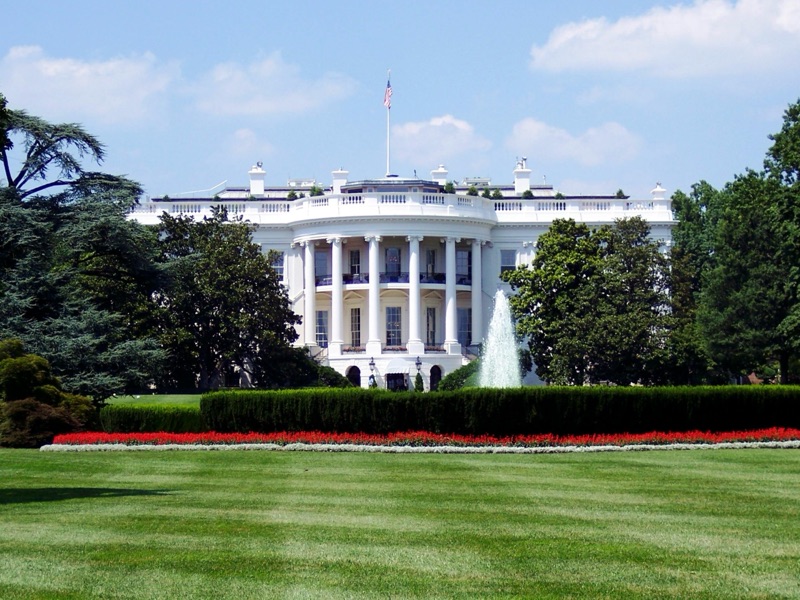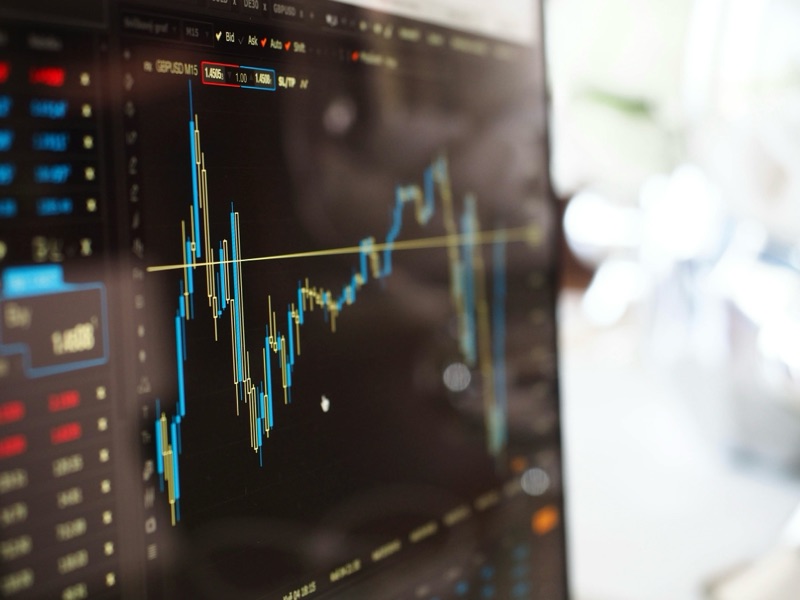Introduction: Why Inflation Touches Every Aspect of Our Lives
Inflation isn’t just an abstract economic term reserved for policy debates or business news. It’s something that affects every single one of us—whether we’re buying groceries, filling up the car, trying to buy a home, or simply paying the electricity bill. Over the past few years, inflation has surged across much of the world, eroding purchasing power and putting enormous pressure on households. Many families find themselves spending more while getting less, and the frustration is growing.
But inflation is more than just rising prices. It’s a symptom of deeper issues in our economic system—issues related to government spending, central banking decisions, global supply chains, corporate behavior, and even climate change. To understand what’s really going on, we need to peel back the layers of the current cost-of-living crisis and explore the complex web of factors that fuel inflation.
This blog dives deep into the roots of inflation, the roles governments and central banks play in managing or exacerbating it, why the housing and automotive markets feel increasingly out of reach, and how personal decisions—from the supermarket to the power switch—can influence broader economic health. We’ll also explore how democratic processes like federal elections tie into this picture, and what you, as an individual, can actually do to weather the storm—and maybe even help change its course.
What Is Inflation, Really?
Inflation is the rate at which the general level of prices for goods and services rises over a period of time, reducing the purchasing power of money. When inflation is high, every dollar you have buys less. The causes of inflation can be broadly categorized into two main types:
- Demand-pull inflation – This happens when demand for goods and services exceeds supply. It’s the classic “too much money chasing too few goods” situation.
- Cost-push inflation – This occurs when the cost of producing goods and services increases (due to rising wages, raw materials, or energy prices), and companies pass those costs on to consumers.
There are also structural factors—like supply chain breakdowns, monopolistic pricing, and labor shortages—that can sustain inflation over time.

The Government’s Role in the Inflationary Crisis
Governments play a crucial role in managing national economies, but their actions can also contribute to inflation.
1. Fiscal Policy and Stimulus Spending
During economic downturns, such as the COVID-19 pandemic, governments often increase public spending to stimulate demand. While this helps in the short term, overuse or poorly targeted stimulus can flood the economy with cash, fueling inflation if supply can’t keep up.
2. National Debt and Deficit Spending
High government debt and continual deficit spending can weaken currency confidence, particularly if markets worry about repayment. This can lead to imported inflation—where the cost of foreign goods rises as the local currency weakens.
3. Regulatory and Tax Policy
Policies around taxation, regulation of key industries (like energy and transport), and subsidies can all impact inflation. For example, cutting fuel taxes might reduce short-term costs, but could disincentivize long-term energy transition investments.
The Central Bank’s Influence: Interest Rates and Money Supply
1. Monetary Policy and Interest Rates
Central banks, like the U.S. Federal Reserve or the European Central Bank, control monetary policy. They influence inflation through interest rates and money supply regulation.
When inflation rises, central banks typically raise interest rates to discourage borrowing and slow spending. While this helps curb inflation, it can also lead to slower economic growth, higher mortgage costs, and job losses.
2. Quantitative Easing (QE)
In the past decade, central banks used QE—buying financial assets to inject money into the economy—as a way to stimulate growth. While QE can prevent deflation and spur recovery, too much of it can overinflate asset prices, like housing and stocks, and contribute to long-term inflation.
Why Is the Housing Market Out of Control?
Housing has become one of the most glaring indicators of inflation.
1. Supply Shortages
In many countries, there’s been a chronic underbuilding of homes due to restrictive zoning laws, high construction costs, and a lack of incentives. This has created a supply-demand mismatch, pushing prices higher.
2. Investment and Speculation
Real estate has become a popular investment vehicle, attracting domestic and international buyers looking for stable returns. This investor demand has driven up prices, often outpacing income growth.
3. Low Interest Rates
For years, low interest rates made borrowing cheap, encouraging people to take out large mortgages. This fueled demand and inflated home prices.
4. Rental Market Pressures
As more people are priced out of ownership, demand in the rental market increases, raising rents and exacerbating the cost of living crisis.

Why It Takes So Long to Get a New Vehicle
1. Global Supply Chain Disruptions
The pandemic, geopolitical tensions, and climate events disrupted global supply chains. The automotive industry was hit hard by shortages in microchips, a critical component in modern vehicles.
2. Labor Shortages
Shortages of skilled labor in manufacturing, shipping, and logistics have slowed down production and delivery schedules.
3. Rising Material Costs
Inflation has increased the cost of raw materials like aluminum, rubber, and lithium (used in EV batteries), making production slower and more expensive.
4. Shift to Electric Vehicles (EVs)
The industry is transitioning rapidly to EVs, but infrastructure and supply chains haven’t fully caught up, adding further delays.
Federal Elections: Why They Matter
Elections determine the political direction of economic policy. Who we elect influences how inflation is addressed.
1. Fiscal Responsibility vs. Spending Agendas
Different parties prioritize different approaches—some may favor stimulus spending, while others push for austerity. These decisions directly affect inflationary pressures.
2. Taxation and Regulation
Policies on corporate taxes, minimum wage, environmental regulations, and housing development all impact inflation indirectly.
3. Monetary Policy Influence
While central banks are typically independent, political leaders appoint key figures who influence monetary strategy.

Sustainability in the Supermarket: Why It Matters
Making sustainable choices at the supermarket can help combat both inflation and climate change.
1. Reducing Waste
Food waste is a major contributor to higher prices. Choosing only what you need, buying in-season produce, and supporting local suppliers helps create more resilient and efficient supply chains.
2. Supporting Local Producers
Local food systems reduce reliance on global supply chains, lowering transport costs and emissions, which can ultimately help keep prices more stable.
3. Conscious Consumption
Demand drives production. If more consumers demand sustainable and fair-trade goods, it forces larger companies to adapt—potentially reducing environmentally destructive practices that contribute to climate-related inflationary pressures.

Cutting Electricity Usage: A Small but Mighty Change
Energy is one of the largest contributors to inflation. When fuel and electricity prices spike, costs rise across the board.
1. Household Savings
Simple actions—like turning off unused appliances, using LED lighting, or upgrading insulation—can lower energy bills and reduce demand on the grid.
2. Grid Stability
Lower demand reduces the need for expensive “peak power” supply sources, which often rely on fossil fuels.
3. Long-Term Environmental Benefits
Reduced consumption lowers greenhouse gas emissions, slowing climate change—which, in turn, lessens future supply shocks caused by extreme weather.
What the Average Person Can Do
No one person can stop inflation, but collective action matters. Here’s how the average individual can contribute:
- Vote wisely in elections and hold elected officials accountable for economic policy.
- Cut unnecessary consumption—especially of goods that are resource-intensive or imported.
- Save and budget—prioritize needs over wants to reduce personal vulnerability.
- Support local businesses to keep money in your community and stabilize local prices.
- Educate yourself about inflation and economic policy so you can make informed decisions.
- Adopt energy efficiency measures at home to cut costs and reduce broader demand.
- Advocate for better housing policies that promote affordability and responsible development.
Other Key Factors Contributing to Inflation
1. Climate Change
Extreme weather disrupts agriculture, shipping, and infrastructure—leading to frequent supply shocks that drive up prices.
2. Geopolitical Tensions
Conflicts like the war in Ukraine have impacted oil, gas, and food prices globally, showing how interconnected economies are.
3. Corporate Consolidation
In many sectors, a handful of companies dominate markets. Less competition can mean higher prices, even when supply and demand should balance.
4. Labor Market Mismatches
Skills shortages in key industries can push wages up and costs with them, especially in healthcare, construction, and tech.

Conclusion: Inflation Isn’t Inevitable—But It Requires Action
Inflation is a complex phenomenon with no single cause and no simple solution. It’s driven by global forces and local choices, by political decisions and individual behaviors. While governments and central banks bear significant responsibility, average people are not powerless.
The key to tackling inflation sustainably lies in collective responsibility—making informed decisions, demanding better policies, and supporting systems that promote long-term resilience rather than short-term gain.
In times of inflation, it’s easy to feel frustrated or hopeless. But knowledge is power. By understanding what’s behind the rising cost of living—and what levers we each can pull—we can begin to navigate these economic challenges with more clarity, confidence, and compassion.